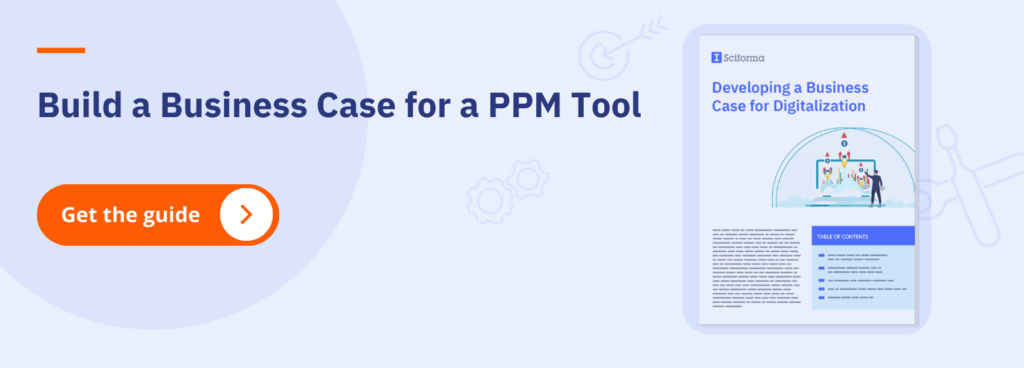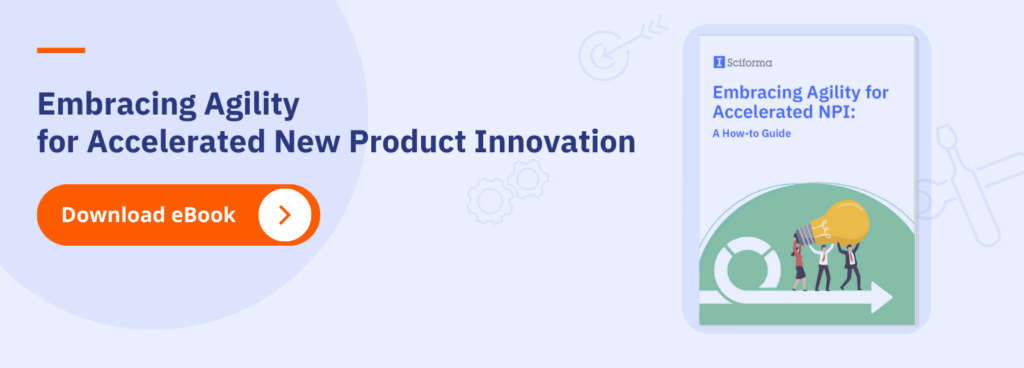Project Portfolio Management Strategy Guide
In today’s business landscape, project portfolio management (PPM) has become an increasingly crucial practice for project-oriented firms. For those businesses looking into the approach, this Project Portfolio Management Strategy Guide aims to clarify the difference between project and portfolio management, cover PPM basics like methodologies and capabilities, and offer insights into effectively implementing PPM. Serving as a valuable resource for project teams, leaders, PMOs, and executives, it addresses challenges, provides an overview of PPM tools, and introduces the next step — Enterprise Project Portfolio Management.
Table of Contents
- What is Project Portfolio Management (PPM)?
- The Difference Between Project and Portfolio Management
- Project Portfolio Management Basics: Methodologies and Capabilities
- Tips and Benefits of Implementing Project Portfolio Management
- Common Project Portfolio Management Challenges
- What is Enterprise Project Portfolio Management (EPPM)?
- PPM Tools to Empower Project Teams
Tips for Implementing Project Portfolio Management
Implementing project portfolio management practices and solutions into your workflow is no small feat. This is not to say it’s impossible or intimidating, but that it can made much easier with a structured plan. The following strategies for implementing project portfolio management into your organization can help you get started.
5 Strategies for Implementing Project Portfolio Management
1. Establish your Portfolio Dashboard
2. Create a Culture of Prioritization
By implementing uniform evaluation methods, you can select the projects bringing the most value based on the company’s overall strategy. For effective portfolio management, the process itself must be deeply rooted and prioritized in a consistent manner throughout the organization. From the leaders to the members of the project, all the actors must think in terms of priorities.
3. Hire PPM Experts and Set Up a PMO
4. Align PPM to Your Business Strategy
Calculating the potential ROI of projects is well and good. But such quantitative metrics won’t necessarily reflect the actual impact of the project on the organization. A program with a comparatively lower ROI but greater alignment with the organization’s strategic priorities may create more overall value, hence the importance of having capabilities to combine PPM with strategic planning.
5. Use the Right PPM Methods and Tools
Teams and Functions that Particularly Benefit from Implementing Project Portfolio Management
Information Technology
The IT department is a key function in today’s organizations. But the growing importance of IT activities comes with challenges. Chief among them is the efficient management of large sets of complex IT projects in a strategic manner. To achieve that, it is vital to have a robust standardized PPM process and to follow PPM tips. PPM assists IT departments in prioritizing project ideas, allocating the right resources, and executing at speed. Additionally, the ability of PPM to improve stakeholder communication tends to boost executive buy-in on IT projects.
Research & Development
R&D projects are among the most complex to manage. As opposed to other types of projects, they rarely start with well-defined objectives and schedules. As they can span years, changing market conditions, and unexpected challenges and opportunities, they require ongoing adjustments. They also typically involve many different stakeholders, each with their own priorities. In this way, the cross-organization visibility that PPM provides can significantly facilitate the successful delivery of such long-haul, complex initiatives.
New Product Development
New product development (NPD) is all the more crucial in a complex, volatile economic landscape. Fresh market players, new technology, digital transformation, all combined force companies to innovate in order to keep their footing.
PPM enables organizations to accelerate the time-to-market and quality of their new products and innovations. Through automated consolidation of project data, rapid feedback, real-time portfolio tracking, and more, PPM helps product companies to reduce new product development time cycles while securing each of the required steps and supporting consolidated cost and performance tracking.






